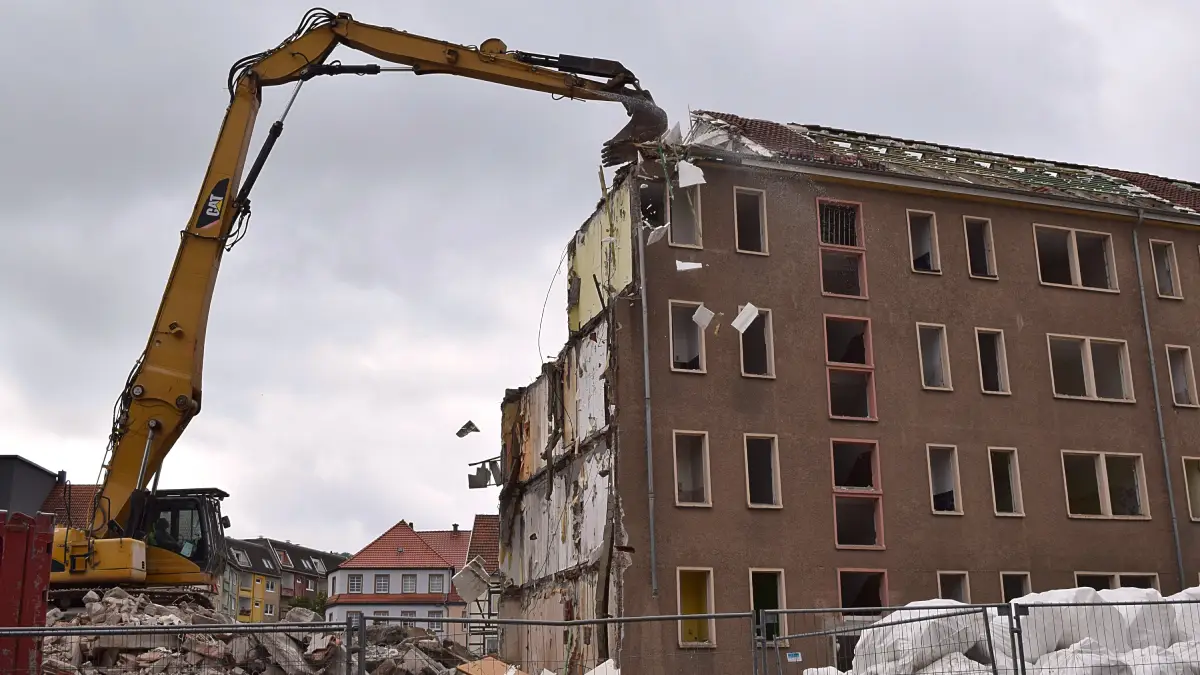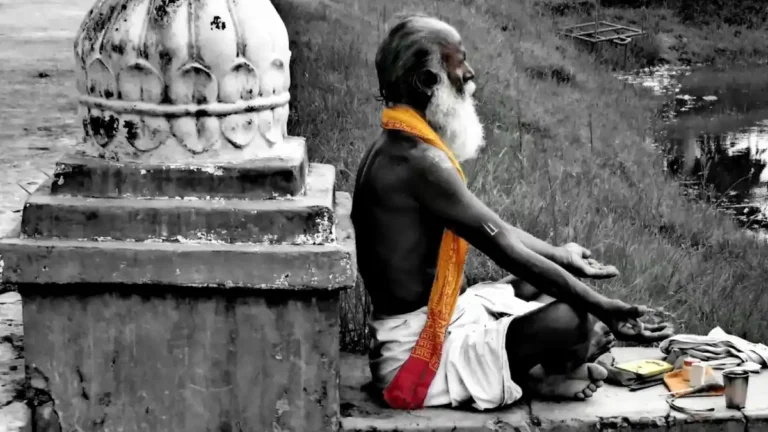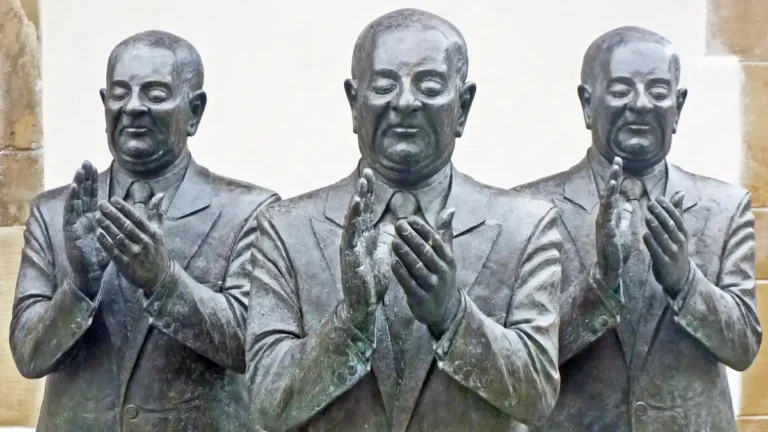The Only Moral Response to Institutional Decay
In 2005, V for Vendetta gave us a man in a mask—a theatrical phantom with bombs in his pockets and poetry on his tongue—set on razing the British dictatorship that had metastasized in plain sight. V didn’t campaign for reform. He didn’t lobby for representation. He blew up a building. His message was surgical and savage: the system isn’t sick—it’s terminal. The cure is fire. Only when the carcass is ash can something new, something alive, take root.
V understood what we still can’t stomach: systems don’t reform. Not really. They calcify. They self-replicate. They turn criticism into committee work. Any change they allow is decorative—a facelift on a corpse. They co-opt dissent, market rebellion, and crown the same rotting architects as “agents of progress.”
People cling to the fantasy of gradual change, as if history were a Yelp review. But real change doesn’t arrive in loafers with a clipboard—it comes with a wrecking bar. Anything less is hopium. Political fentanyl for the civically sedated.
I remember the Soviet Union. The grey enormity of it. From inside, it looked eternal. From outside, inevitable. When Gorbachev rolled out Glasnost and Perestroika, the West swooned. Maybe the red beast could evolve. Maybe the Empire would soften, humanize, modernize. What came instead was collapse. Because beneath all the slogans and tanks and parades was a vacuum stitched together with fear, ritual, and rust.
And that’s the point, isn’t it? Collapse doesn’t come from sabotage. It comes when the illusion fails to hold its own weight.
It should have been obvious to anyone with a nose that the Soviet spectacle stank. It was hollow theater. I grew up perched against the Iron Curtain—so close I could smell the mildew of it. I knew the watchtowers, the shooting arrays, the barbed wire that carved Europe in two. I saw it regularly, and when it fell, I was among the first to cross over. I saw the wire cut, tossed to the roadside like shed skin. I saw people standing dumbfounded, blinking into a future they never thought they’d live to see.
And still, we had consumed the lie for decades. Soviet tanks rolling toward Portugal. Soviet tech destined to conquer space—remember MIR?—the superior Soviet system that would outlive and outthink the decadent West. The lie wasn’t subtle. It was screamed, repeated, institutionalized. And we believed it—until the instant it evaporated. Because that’s how brittle it had always been. Ossified from the moment it was born.
Totalitarian regimes fossilize fast—because nothing can be questioned. But let’s not pretend Western democracies are immune. They don’t ossify overnight, they do it in slow motion. But they ossify all the same.
Look at Western Europe now. This was supposed to be the enlightened pinnacle—the postwar promise made flesh. And yet here we are: inflation chewing through what’s left of middle-class life, war festering in the East, mass immigration without integration, religious friction piling atop economic exhaustion. And a deep, creeping sense that if we grow old here, we’ll grow old alone. The money’s spent. The game is rigged. And the system just keeps purring out its tired promises.
More bureaucracy. More oversight. More plans. Always more.
Humans are hoarders of the sacred. We cling to every rusted heirloom of power and tell ourselves it still works. We keep the institutions, the ministries, the charters, the treaties—because to discard them is to dishonor the story. Our rat-brains are trained to believe that more means safer. That age means wisdom. That the smell of decay is a feature, not a flaw.
We are taught to preserve. To venerate the past. To drag its bloated corpses into the future in the name of continuity. We build upon the legacy—even when it’s hollow, even when it stinks. We call it tradition. We call it resilience. But what if it’s just inertia with a better press agent?
The truth is this: the institutions are dead. The media is a ventriloquist dummy. The school system a daycare for docility. The church an empty theater. The corporation a vampire in a pinstripe suit. And the state? The state is a bloated oracle mumbling stale commandments through a cracked speaker.
They command—but they do not serve. They demand loyalty while offering nothing. They weaponize their own paperwork and quote process as if it were gospel. They fetishize norms while violating every one behind soundproof doors. The elites? They float in an airless, frictionless bubble designed to keep them from touching the world they rule. Even if they wanted to connect, they wouldn’t know how. The bubble has no exits.
A man has an idea. The idea gains followers. The idea becomes doctrine. The doctrine becomes law. The law becomes tradition. The tradition becomes the wall we’re now smashing our heads against.
That’s not progress. That’s petrification.
Even the great causes eventually get pickled. Even justice, even rights. We’ve watched the language of liberation become a cudgel. We’re now told to repair historical injustices by enshrining new ones. We’re told to worship identity over integrity, feelings over facts, allegiance over agency. What was once rebellion has been industrialized. Dissent is the new status quo. And enforced status-quo rebellion is just authoritarianism with jazz hands.
We are living in mausoleums. Shrines to expired dreams. Ruins mistaken for architecture. And still we genuflect. Still we believe that if we just paint over the mold, it’ll hold. But it won’t.
Reform? Please. You don’t reform a ghost.
Destruction is mercy now.
And it must be said plainly: mercy doesn’t mean sparing what’s already turned poisonous. Mercy is not a lullaby—it’s the scalpel. It doesn’t whisper; it acts. It stops the bleeding. It doesn’t negotiate. When the structures built to serve begin to devour, the only humane response is eradication. You don’t empathize with rot. You don’t patch a gas leak. You don’t sentimentalize mold. You tear it down—because letting it stand would be cruelty.
Mercy is demolition with a conscience. It’s the refusal to let another generation inhale institutional decay because we were taught to “respect the beams.” Destruction here isn’t rage—it’s duty. It’s not violence—it’s liberation.
Not as vengeance—but as necessity. Not out of spite—but out of clarity. You don’t patch asbestos. You don’t repaint a house infested with termites. You don’t bargain with a sacred lie.
You tear it down. You clear the space. You let the light in.
So let the statues fall. Let the temples crack. Let the sermons end.
Don’t expect instant bliss. Hell, don’t expect bliss at all. Let’s be pragmatic. If you’re over forty, you’ve already had your bite of the good times. The fake stability. The rented happiness. You had your turn in the theme park while the machinery still ran. Now it’s going to be hard. Probably until we die. But hardship has its own beauty. You get good at something, you get to enjoy it again. Start there.
If you’re younger—maybe you’ll live long enough to see the other side. Maybe the wheel turns and joy returns. Maybe. But don’t count on it. And don’t waste decades whining about what could have been. It’s now. Life is now. And the job is to make something better out of the rubble—not wait for bliss to be delivered on schedule.
Did I catch your interest?
Because better nothing than the lie.
And because truth—raw, uncooked, inconvenient truth—has never needed a permit. It only ever needed space.
And we’re here to make it.




